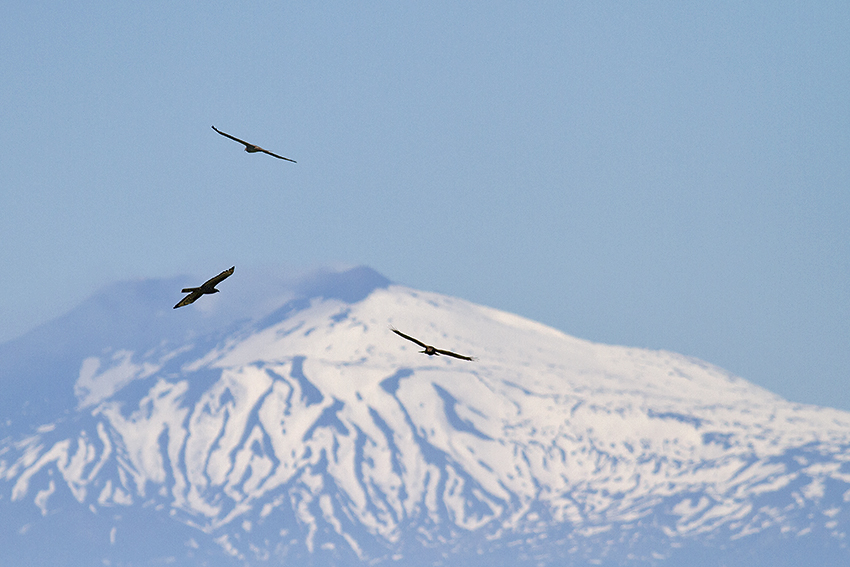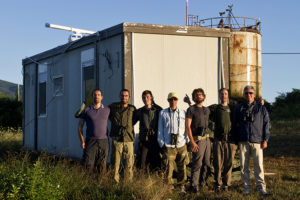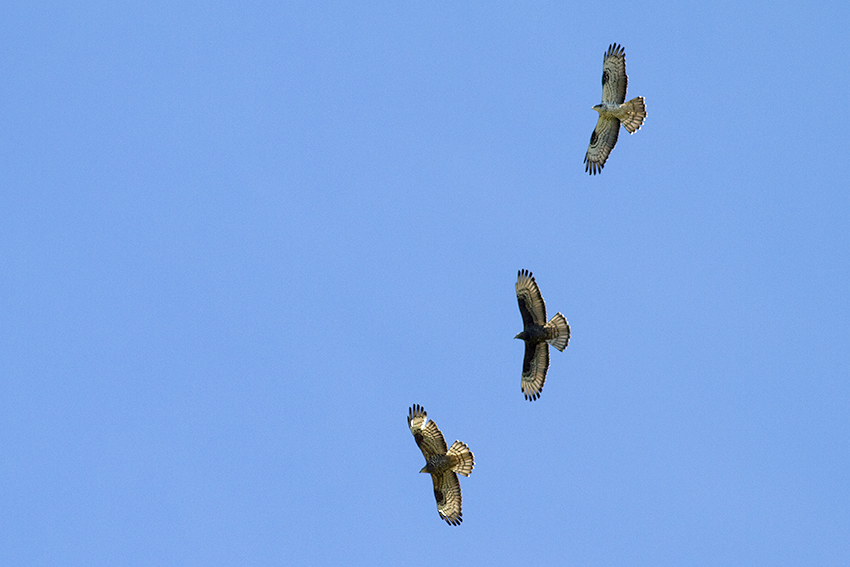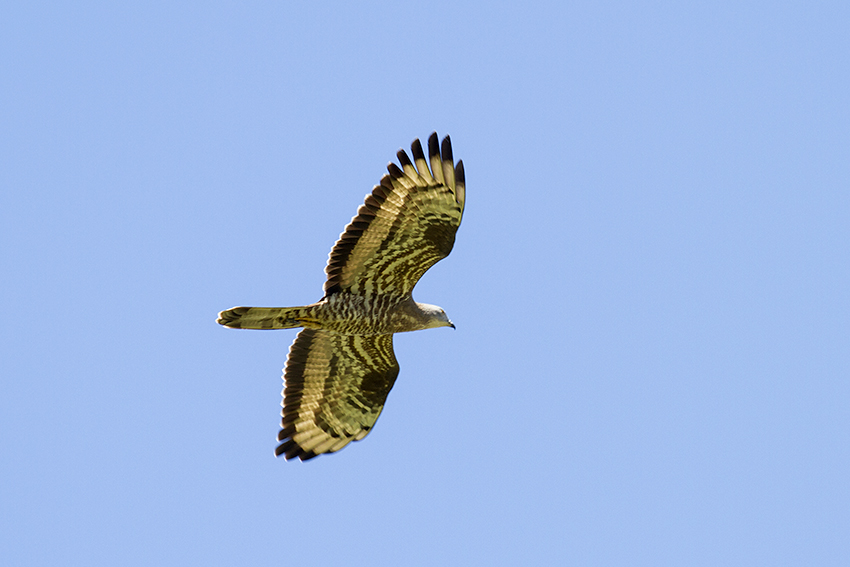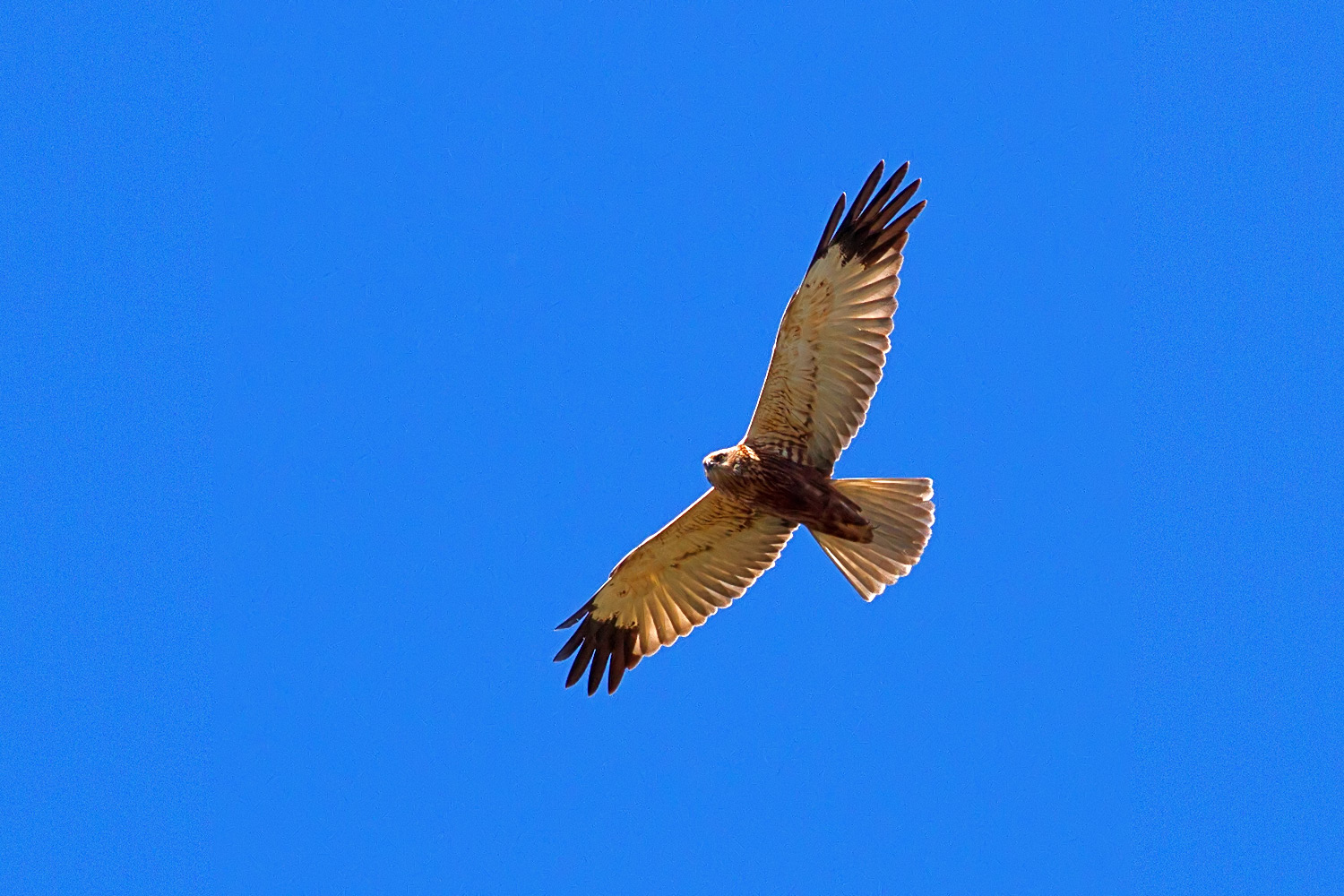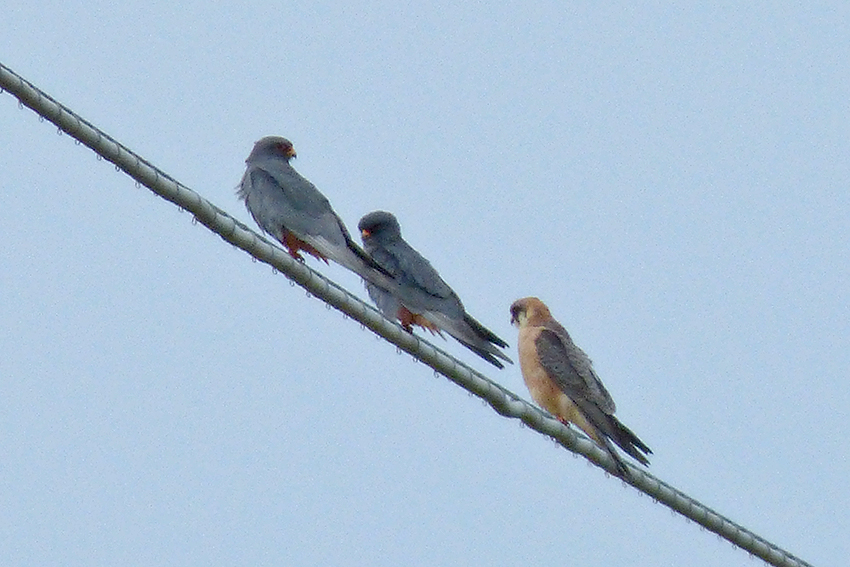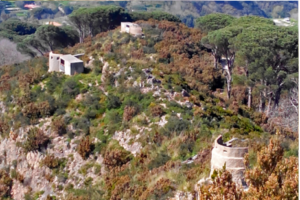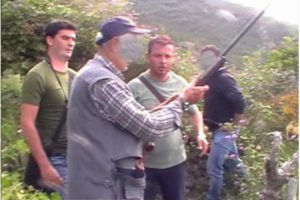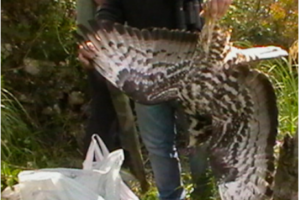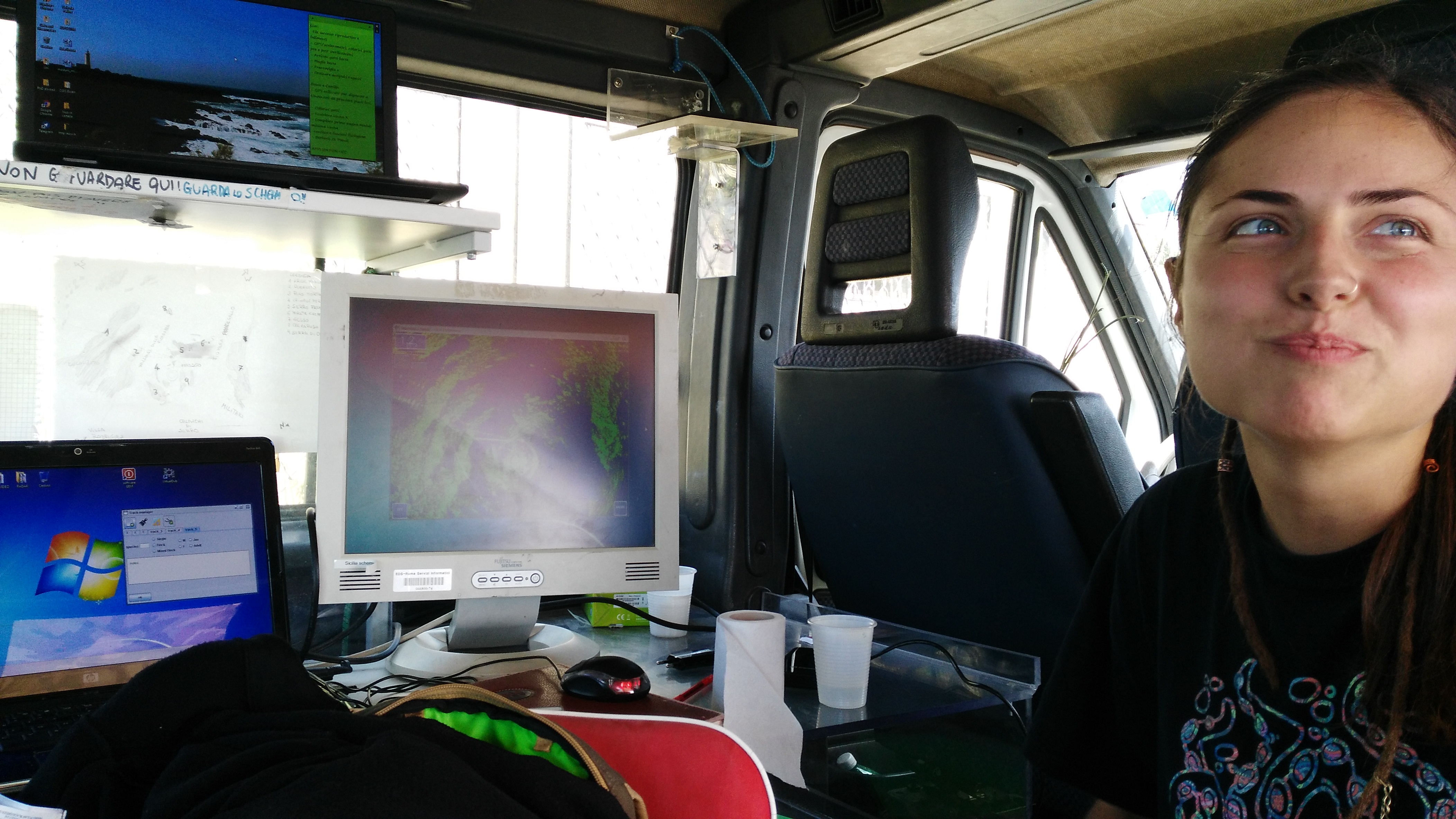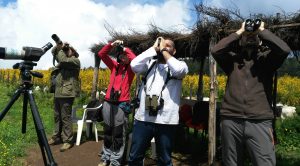Autumn migration 2024:
our raptor counts from August 10 to September 30 here
The Central Mediterranean and the Italian peninsula is an important migratory flyway for birds moving between Europe and Africa. Within this flyway, the Strait of Messina represents the main bottleneck, where more than 20.000 raptors and nocturnal migrants concentrate during their journey twice per year. With suitable weather conditions, tens of thousands of birds cross the short water surface between Sicily and continental Italy to reach their breeding grounds in central and eastern Europe in spring and return to Africa in the fall.
Honey buzzards are observed every year in large numbers and represent the most abundant migrating raptor species in the area. Black kites, marsh harriers, Montagu’s and pallid harriers, red-footed falcons, kestrels and lesser kestrels also concentrate at this watch site. White and black storks, cranes, bee-eaters and other non-raptor species can also be observed while nocturnal migration involves thousands of passerines undetected by observers.
The Strait of Messina is the only bottle-neck of international concern with more than 20.000 of migrating raptors in the Central Mediterranean area.
Up to the ’80s several thousands of raptors, mostly honey buzzards, were illegally shot during spring migration on both sides of the Strait. Shooting was carried out from bunkers built along the slopes of the reliefs. There were more than 2000 active hunting posts and some of the structures are still visible nowadays. Illegal shooting has been progressively and drastically reduced in the last decades thanks to the dedication of environmental associations with dozens of volunteers, together with the effort of the Italian Ministry of Agricultural, Food and Forestry Policies and with the seasonal activity of tens of forestry policemen (Corpo Forestale dello Stato) supported by helicopters. Nowadays only few inveterate shooters are still active in the area and anti-poaching activities are still ongoing. The slaughter on the Strait had a dramatic effect on breeding populations until the ’90s and the notable recent increase among both migrant and breeding honey buzzards (especially in the Balkans) is likely to be the result of this conservationist effort.
The Observatory is dedicated to Michele Panuccio (30/08/1976 – 18/06/2019). Michele started attending the Strait in 1997 with the volunteers of the Italian League for the Protection of Birds (LIPU) to fight the poaching of honey buzzards. Since then he has pursued his passion for migration, in particular with reference to birds of prey, collaborating with many researchers carrying out studies at several watchsites mostly in the Mediterranean region, and never missing a migratory season since 2001. The Strait Observatory owes Michele much of its origins.
